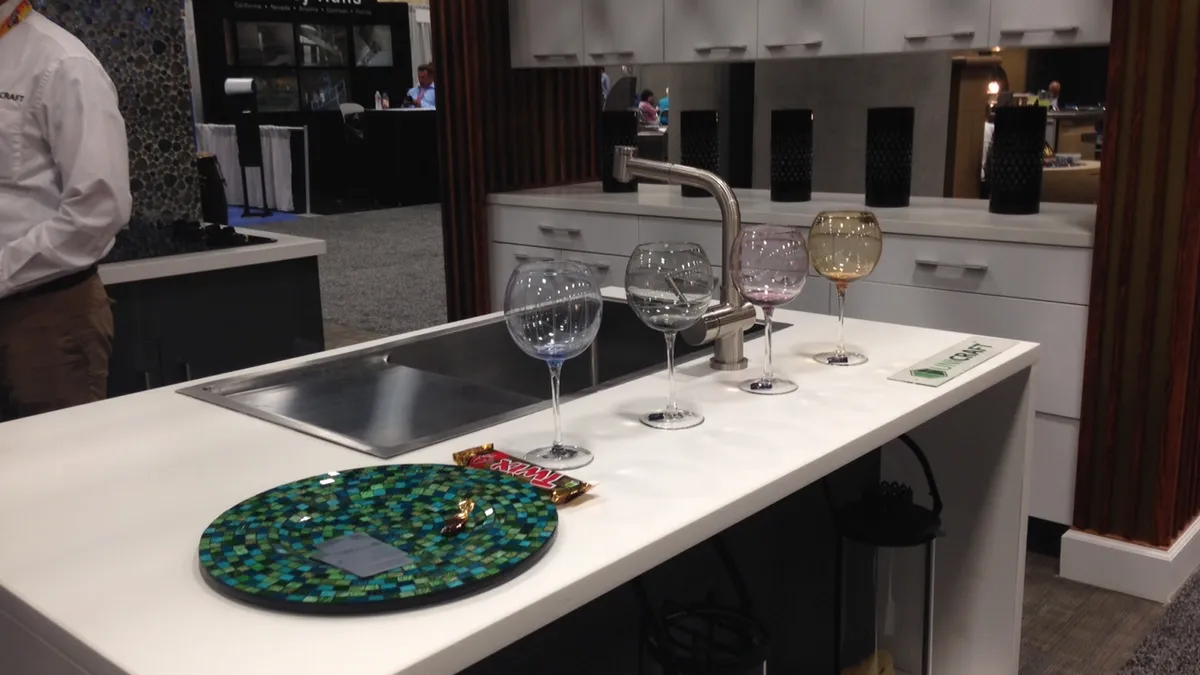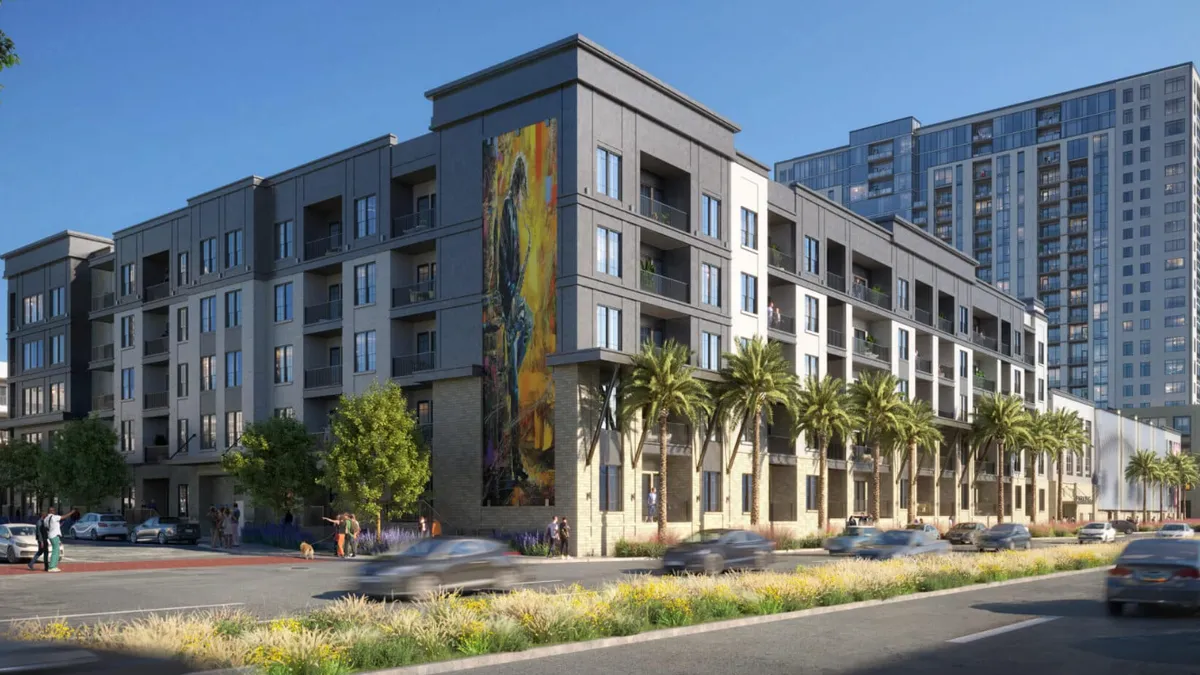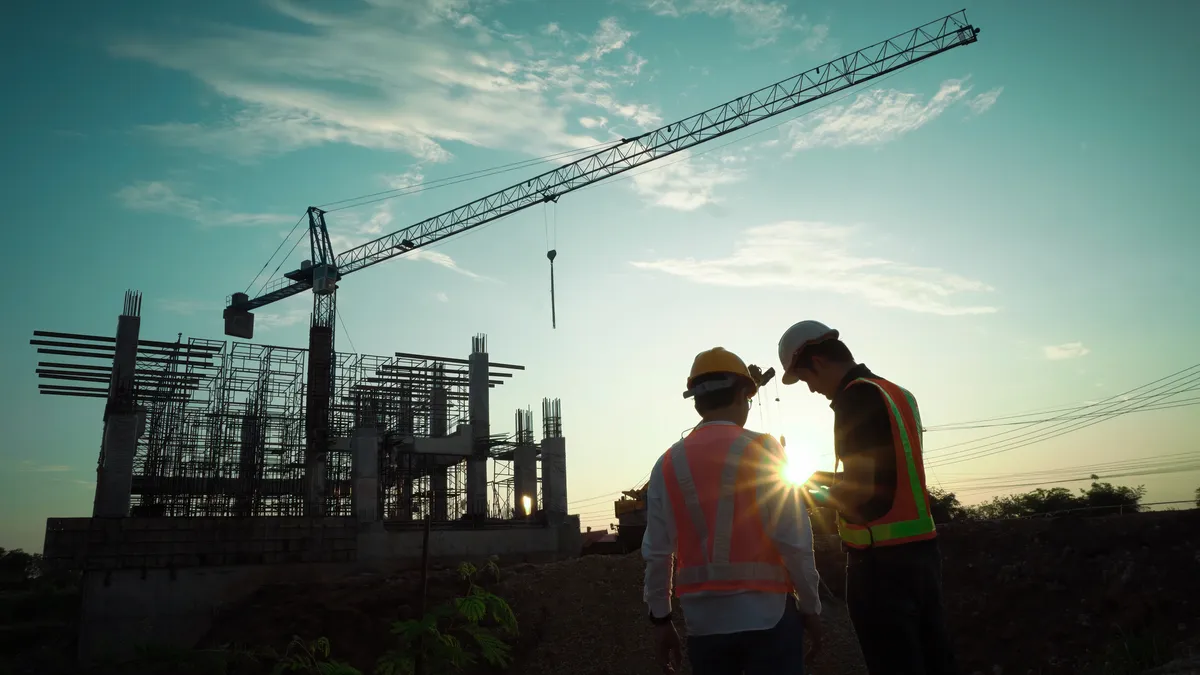Homebuyer preferences are constantly evolving, and builders are trying to keep up with the ever-changing consumer. After the recession, a new form of home design started to emerge, and people began to alter the way they used their properties. Both days of PCBC offered significant discussion and perspectives on these evolving trends. Architecture and planning group KTGY used research and feedback from builders and customers to determine several new home design trends driving today’s market. Nick Lehnert, executive director of KTGY, said builders should treat trends as somewhat of a checklist when designing a new home.
One of the biggest challenges for builders, however, is determining how to take these items — which typically are applied in the more luxury home market — and modify them to work for less-pricey residences. Affordability/attainability was a major topic of debate during the show, but experts agreed on one thing: Lower-earners are an untapped segment of the market, and builders should find ways to reach them. "That’s one of our biggest challenges, figuring out how these translate for more affordable homes," Lehnert said.
He emphasized that while some trends are considered more vital for builders to incorporate into their designs, all of them can be adapted to meet the needs of a variety of consumers. Here are eight of the top new home design trends for 2015, from KTGY:
1: Personalization/"Idea spaces"
The incorporation of “idea spaces” is a design element Lehnert considers non-negotiable. If 10 different buyers moved into a home, they would live in that space in 10 different ways, he said. Therefore, to offer as much customization as possible, builders should create spaces with almost unlimited possible uses. "Personalization is number one for everybody," Lehnert said.
2: Super kitchens
Amy Albert, editor in chief of Professional Builder, emphasized the significant chunk of a builder’s budget that kitchens represent. Buyers spend more money on the kitchen than any other room in the house, and builders are responding accordingly by offering new amenities and options. Some of these additions include oversized islands and enormous pantries.
3: Pet amenities
Yes, even pets are considered when designing a home. A common addition to laundry rooms in new houses: dog showers. To set themselves apart, builders need to take into account all members of a buyer’s family, including their beloved pets.
4: Spa-like master baths
"We've done gourmet kitchens, and now we’re doing gourmet baths," Albert said. Customers, especially females, look to enhance the "experience" of living in their homes, according to Lehnert. And when women seek to have the baths of their dreams, they want that relaxing atmosphere they've experienced in spas, he said.
5: Larger media areas
This trend applies to almost all segments of the market, Lehnert said, as giant televisions are affordable to a wide range of buyers. To accommodate that influx of homes featuring mega-TVs, builders need to create media rooms with sufficient distance between the screen and the viewers, and for all viewers to sit comfortably.
6: Smaller homes
As baby boomers look to cut costs, many are scaling down home sizes for the next phase of their lives. Similarly, millennials reportedly are more comfortable in smaller homes and don’t feel the need for large spaces with no real practical use. Builders can capitalize on this trend by building smaller homes that utilize every available space.
7: Better indoor/outdoor connectivity
Experts said there is a movement not only in regions with temperate climates, but in most areas of the U.S. to better utilize the connection of indoor and outdoor space. Randall Lewis, executive vice president of the Lewis Group of Companies, said during a panel that this trend is especially applicable to high density housing because it efficiently uses all limited square feet of the property. "(Making) that a part of the whole living space increases the effectiveness of the home," he said.
8: Larger garages
Storage was a key word when experts described the desires of today’s homebuyers. With the influx of the "Costco shopper," who often buys items in bulk, there needs to be room in the home to store everything. Garages are more than just places to park a car, and they can add an entire new opportunity for storage options, according to Lehnert.
Bonus game changer: Tiny homes
The tiny home/micro-home trend has received significant attention recently, and experts at PCBC offered perspectives on their viability. Albert said industry professionals should keep an eye on the phenomenon, as "tiny houses have big implications for student housing, affordable housing and aging in place."
Lehnert said he believes there is a huge demand for the smaller products, especially from millennial buyers, but builders will be slow to test the waters. "Builders have a lemming mentality," he said. Until one company pioneers the trend and attempts to experiment with building these small homes, the rest of the industry won’t make that risk, Lehnert predicted.















